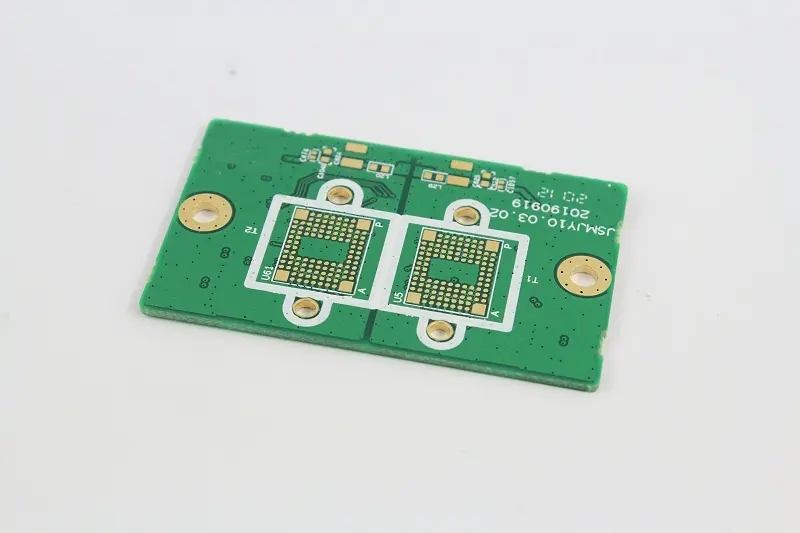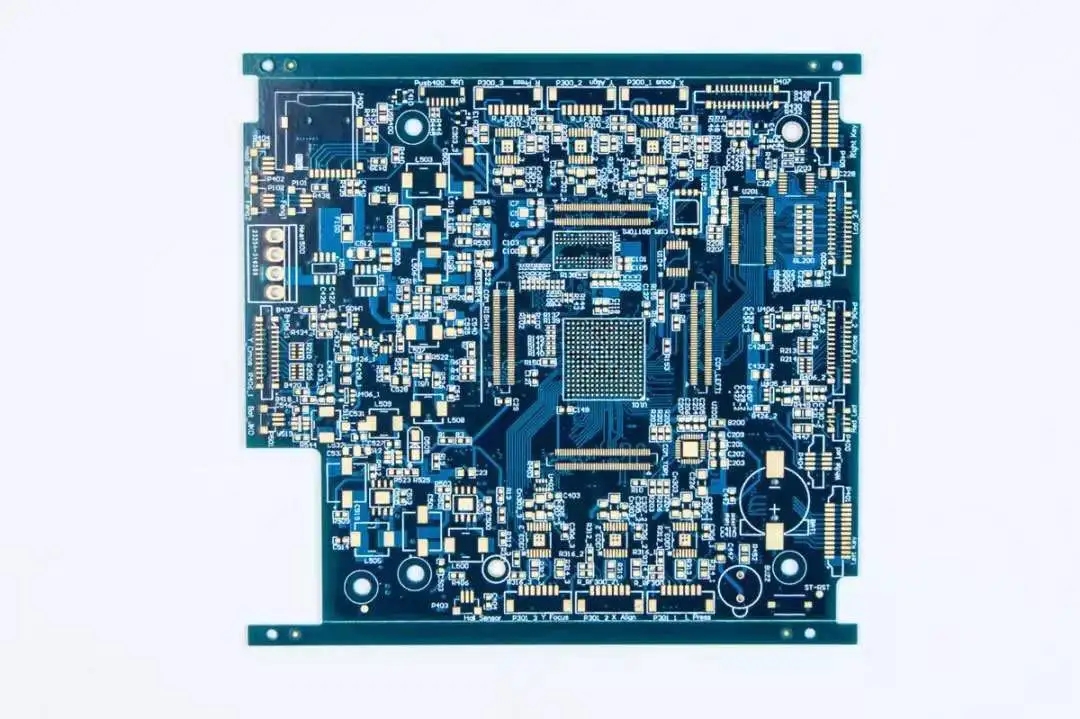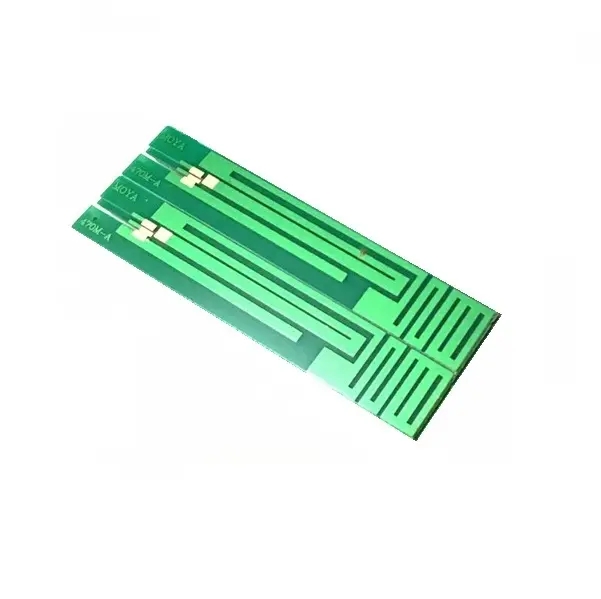

Overcoming the problem of multi connector group alignment between PCB boards
While improving reliability and reducing cost, printed circuit board (PCB) manufacturers are also facing signifICant pressures such as increasing density, reducing footprint, reducing side size, managing heat flow and improving data rate. As they continue to successfully reduce these pressures, an interesting challenge arises for designers, namely, to align multiple paired connector groups between two PCBs.
What we need is clear guidelines to understand how to deal with these alignment challenges without sacrificing system performance, density and reliability, while meeting increasingly stringent budget and time to MARKet requirements.
Before describing the conflicting requirements that may be encountered between advanced PCBs and more reliable high-density connectors, this article will discuss the challenges of alignment in more detail, so that these requirements can be efficiently met by using design best practices.
Miniaturization makes connector alignment difficult
PCB board has many directions that can be improved, including density, higher data rate, thermal management and reliability. However, with these improvements, the trend of miniaturization has brought pressure on designers in the selection and implementation of connectors, especially in pairing multiple connectors to PCB boards.
As far as connectors are concerned, the miniaturization has resulted in a drop in spacing from 0.100 inch (2.54 mm) to 0.016 inch (0.40 mm) in the past 25 years - that is, a sixfold reduction, requiring tighter tolerances. However, tighter tolerances are not an issue in themselves, but rather the variability around the nominal tolerance: if multiple connectors reach any of the nominal limits, some problems are more likely to occur.
Applications using a single paired connector group do not have problems: because there is no tolerance accumulation, the sandwich card is assumed to float freely, and the overall and local alignment functions of the connector will ensure perfect alignment.
Applications using a single mating connector (top) have no stacking tolerances and the overall and local alignment features of the connector will ensure perfect alignment. Multiple connectors introduce tolerances that accumulate and cause alignment errors.
However, adding more pairs of connector groups in any direction and at any distance on the same female mezzanine card will introduce some cumulative tolerances. These tolerances are particularly important for PCB processing workshops, electronic manufacturing services, and the properties of materials used in PCB boards.
To illustrate this, consider using a multi mezzanine connector system. The assembly includes six or more components: mainboard (A), mezzanine card (B), female connector # 1 (C), paired male connector # 1 (D), female connector # 2 (E), and male connector # 2 (F).
Designers need to consider and explain the reasons for all component tolerances, including PCB boards.
If sandwich connectors and sufficiently Rigid PCB boards can be manufactured, processed and assembLED accurately according to nominal conditions, an unlimited number of connectors can be successfully deployed between two PCB boards; In fact, tolerances and variability in material properties are limiting or determining factors. Designers need to consider and explain the tolerances of all components, including the tolerances of (A) and (B) PCB boards that are often ignored but related.
How to solve the problem of PCB to connector alignment
The purchase of some PCB boards is only controlled by the specifications embedded in Gerber data package. These data packages can be used to build PCB boards without considering mechanical tolerances.
The purchase items of some PCB boards are only controlled by the specifications embedded in Gerber data packages, so that PCB boards can be made according to these data packages without considering the mechanical tolerance. For multi connector applications, this data package needs to be used together with a separate mechanical drawing.
For multi connector applications, this data package must be accompanied by a separate mechanical drawing indicating the original drawing, drilling and wiring tolerances.

At this point, designers need to do two things to help ensure a successful outcome. The first step is to understand what support PCB board suppliers and connector suppliers can provide to ensure alignment. The second is to ensure that a system level tolerance study has been conducted to determine connector alignment deviations resulting from its design.
Looking back at the multi connector mezzanine card system consisting of components A to F in Figure 2, the connector supplier can only control the tolerance of the connector. A good supplier will meet or exceed the published performance specifications, propose PCB tolerance and processing suggestions, and even provide reference suggestions for recommended PCB suppliers and equipment as needed.
The system or product designer should refer to the occupied size and product specification of the connector. The alignment deviation specifications contained in these documents should be compared with the results of the system level tolerance study to help ensure that multiple connectors between the same boards are used successfully.
As long as the initial and final angular and linear alignment deviations are not exceeded, the connector system can operate normally. These alignment deviations are calculated by taking into account factors such as insulator interference, beam deflection and contact friction. Exceeding the alignment deviation value may cause an open circuit or damage to the circuit and/or insulator.
Although all necessary information, such as design, component tolerances, equipment and manufacturing capabilities, is usually readily available to designers, it is important to be able to contact the connector manufacturer to provide more specific guidance and to verify the accumulation of alignment deviation tolerances.
Alignment pins are not suitable for multi connector applications
Some connector manufacturers provide optional locating pins, which are usually located on the opposite side of the bottom of the connector. These locating pins facilitate manual placement and can be used to help orient the connector on the PCB, and for single connector applications, they do not increase the overall tolerance accumulation.
Although locating pins are useful for manual placement and orientation, they are not recommended for multi connector applications because they affect the overall tolerance accumulation.
However, for multi connector applications, we do not recommend the use of dowels because they affect the accumulation of overall tolerances. If you still need to orient on the PCB, a better option is to drill some oversized holes on the PCB, and then use the machine to place the connectors.
SIMilarly, it is not recommended to use fixtures or pins to assist the placement of connectors. These methods usually rely on the holes drilled on the PCB relative to the original drawing, but the position tolerance of the hole is usually poor, which reduces the overall accuracy of the connector finally placed relative to another connector.
For multi connector applications, it is better to calibrate the position of all pads from position A1 in the solder pad array A, and then place the connector on the pad precisely before reflow.
Secure PCB board with fastening screws
Some particularly rugged applications may require the use of fastening screws to protect both PCB boards. In this case, the screws should be located as close to the connector system as possible.
If fastening screws are to be used, they should be placed as close as possible to the connector system.
Placing them close to each other will concentrate the stress near the connector and reduce the unsupported PCB span. The increase of span will cause bending stress in PCB, which may have adverse effects on other components, especially surface mounted components.
Another source of PCB board stress derived from connectors is the loading process, in which a large number of insertion and extraction (I/O) will generate very large insertion/extraction forces. These forces will cause excessive offset of the PCB board, so that additional stiffeners are required to support the PCB board. It is very important to confirm the insertion force and withdrawal force of the connector, which can be found in the product quality inspection test report..
To avoid loading beyond the specification, the designer should always confirm the insertion force and withdrawal force of the connector, which can be found in the product quality inspection test report.
conclusion
Although the miniaturization trend makes it more challenging, it is still possible to use multiple connector groups on two PCB boards by using best design practices. These measures include conducting systematic tolerance studies to determine connector alignment deviations, then following the footprint and mold design recommended by the connector supplier, and using the machine to place components.
In addition, it is recommended to work closely with connector providers early in the design process, because they can provide advice on connector types and placement, as well as advice on how to minimize the overall stress of PCB and connectors, to help ensure successful design. PCB manufacturers, PCB designers and PCBA manufacturers explain how to overcome the problem of multi connector group alignment between PCB boards.
然后
聯(lián)系
電話熱線
13410863085Q Q

微信

- 郵箱










